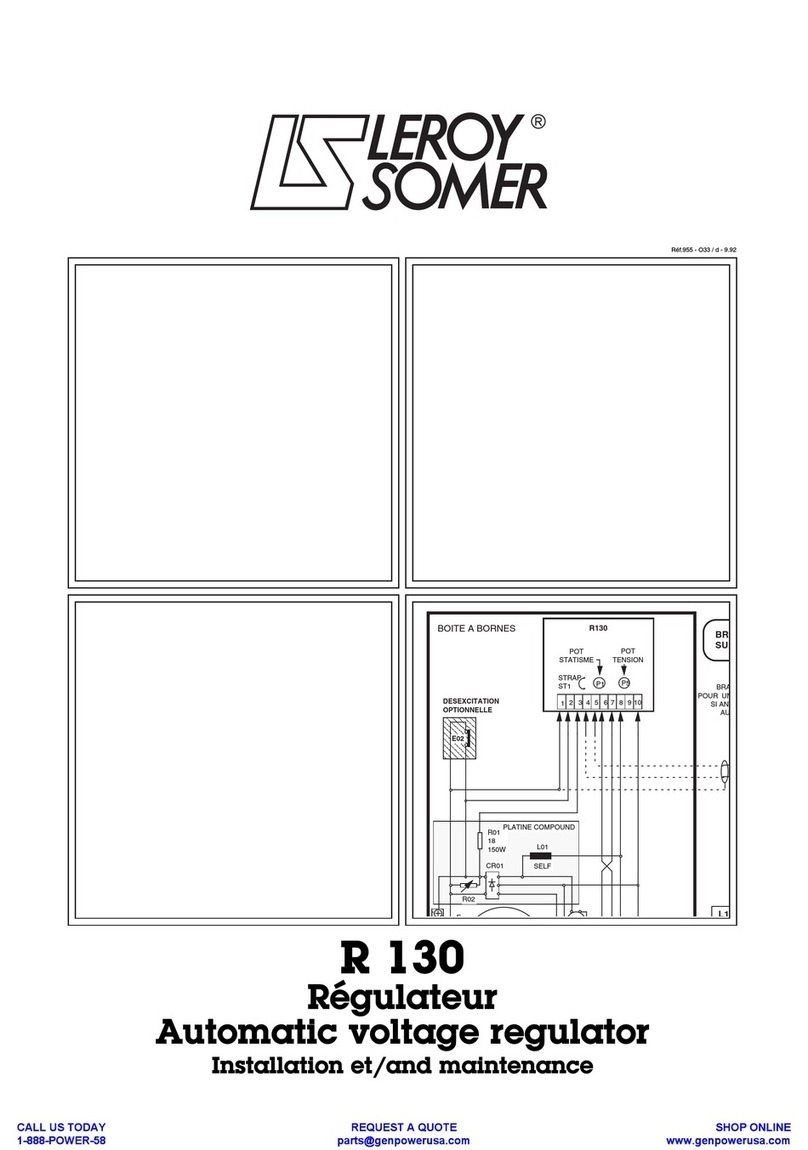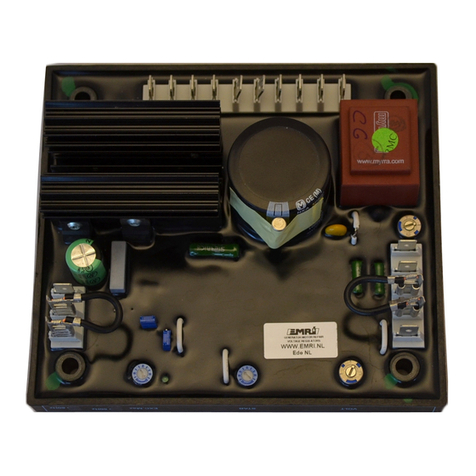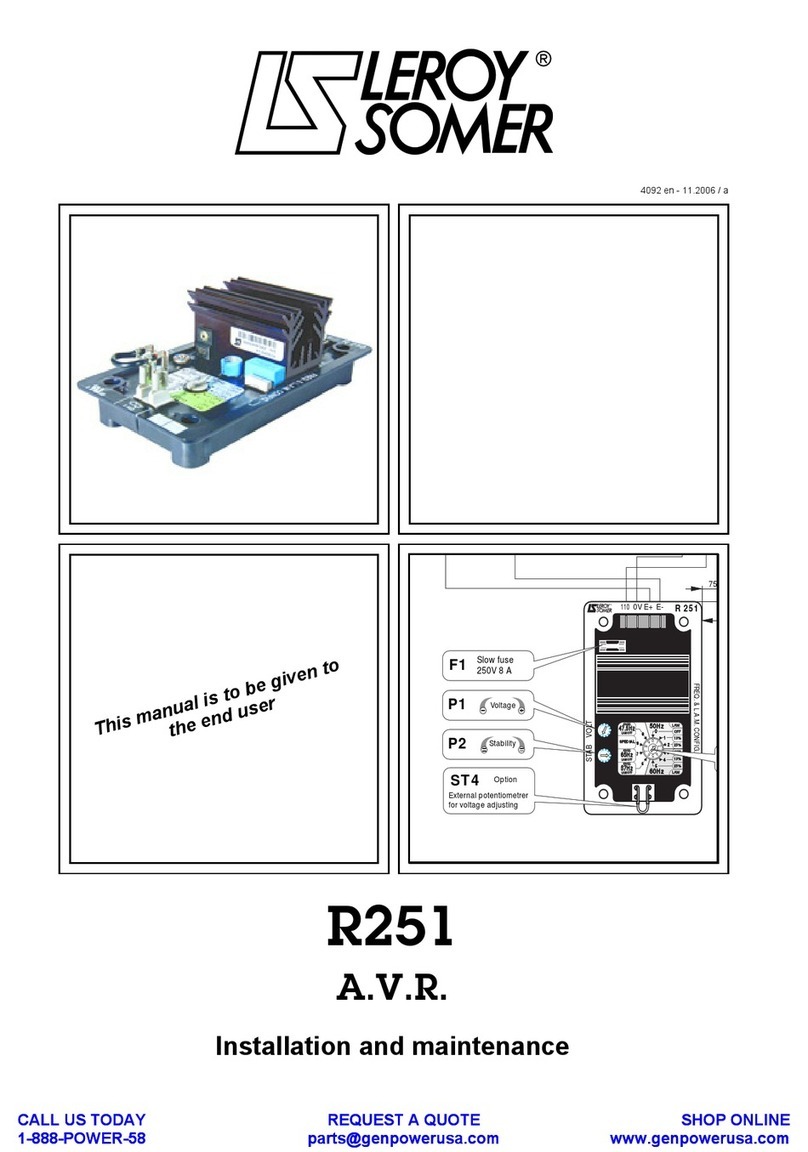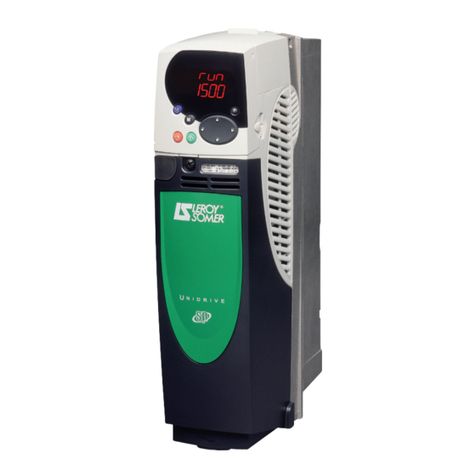Leroy-Somer R448 Instruction Manual
Other Leroy-Somer Controllers manuals

Leroy-Somer
Leroy-Somer Digistart D3-1 0023-B Series User manual
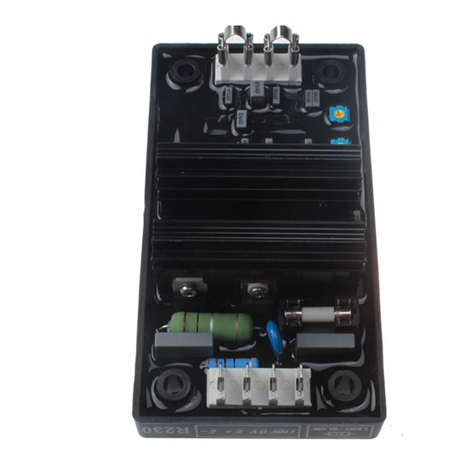
Leroy-Somer
Leroy-Somer R230 A.V.R. Instruction Manual

Leroy-Somer
Leroy-Somer R630 Instruction Manual

Leroy-Somer
Leroy-Somer UMV 2301 AS Series Instruction Manual

Leroy-Somer
Leroy-Somer D500 Instruction Manual
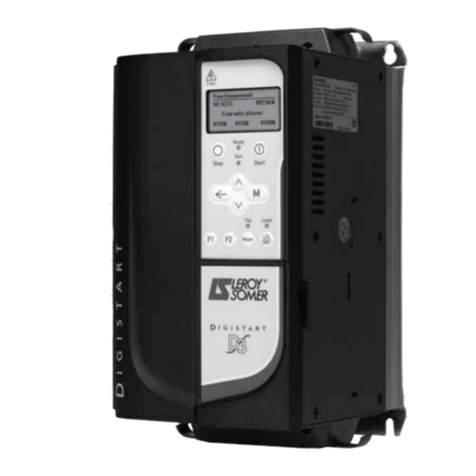
Leroy-Somer
Leroy-Somer DIGISTART D3 User manual

Leroy-Somer
Leroy-Somer R 129 Instruction Manual
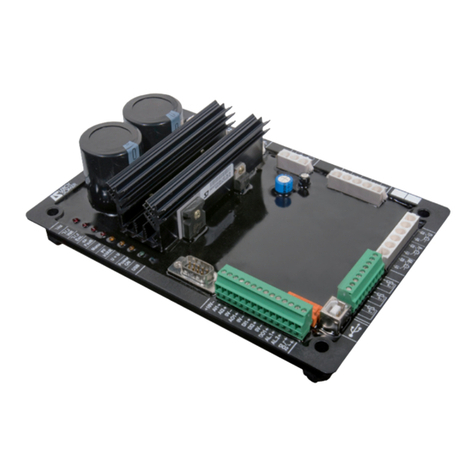
Leroy-Somer
Leroy-Somer D510 C Instruction Manual
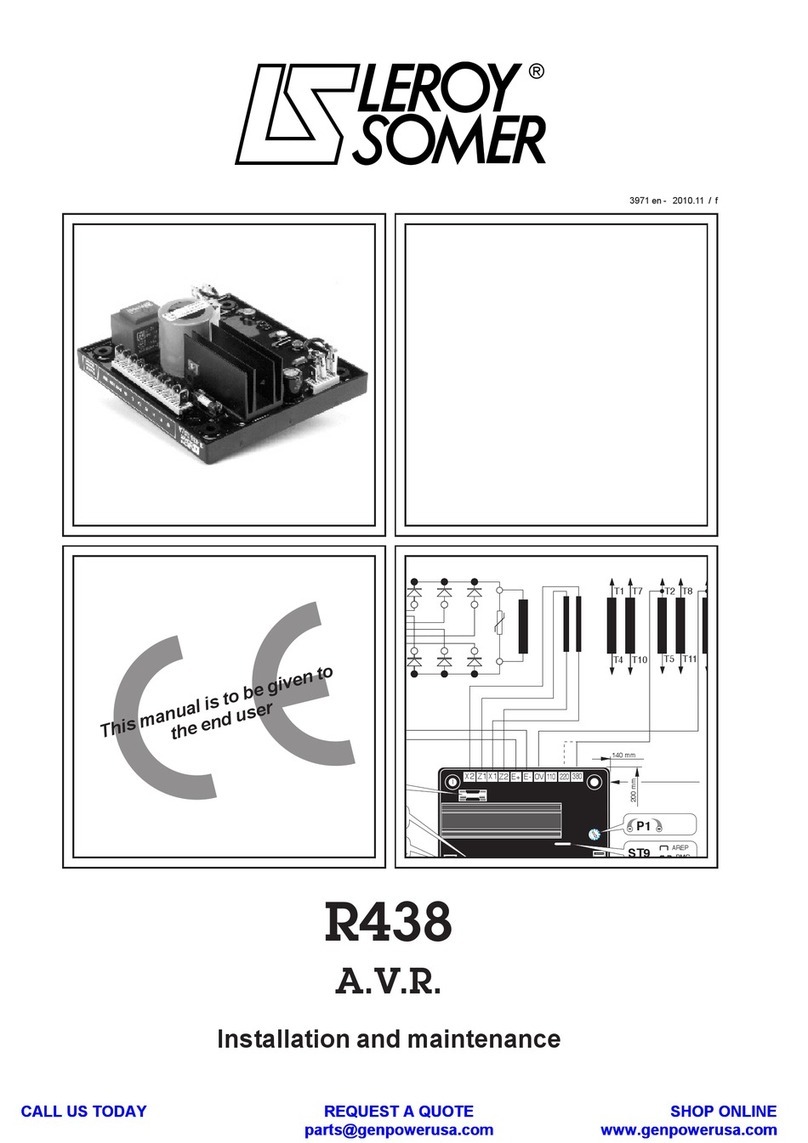
Leroy-Somer
Leroy-Somer R438 Instruction Manual
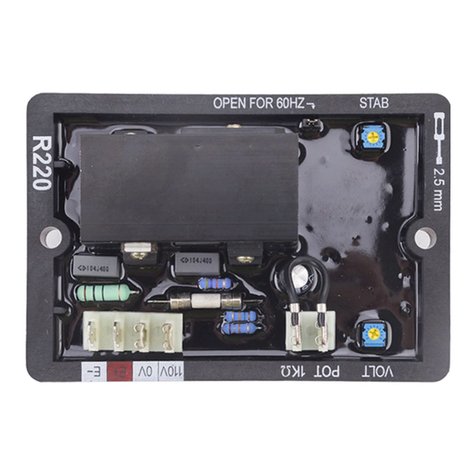
Leroy-Somer
Leroy-Somer R220 VSG+CCM Instruction Manual
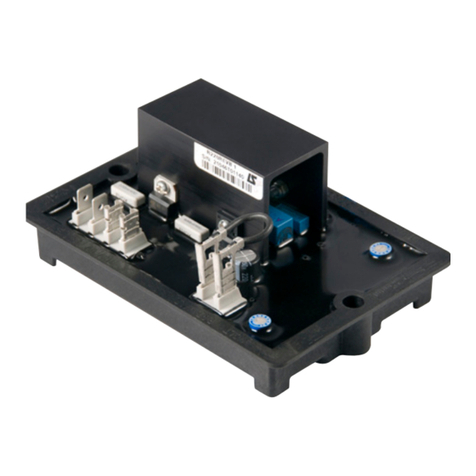
Leroy-Somer
Leroy-Somer R220 VSG+CCM Instruction Manual
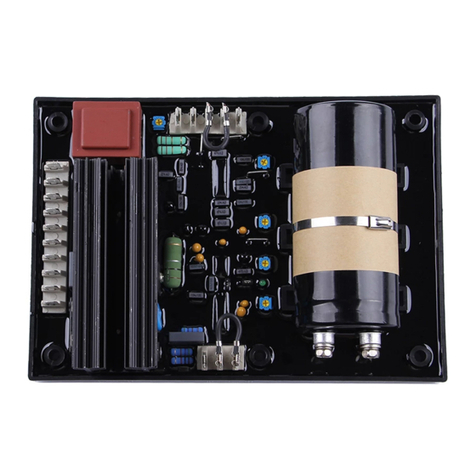
Leroy-Somer
Leroy-Somer R 449 User manual
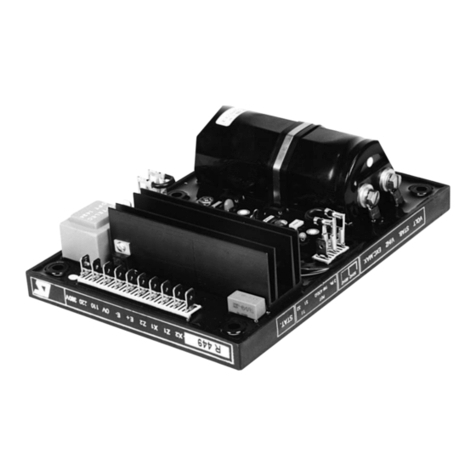
Leroy-Somer
Leroy-Somer R452 Instruction Manual
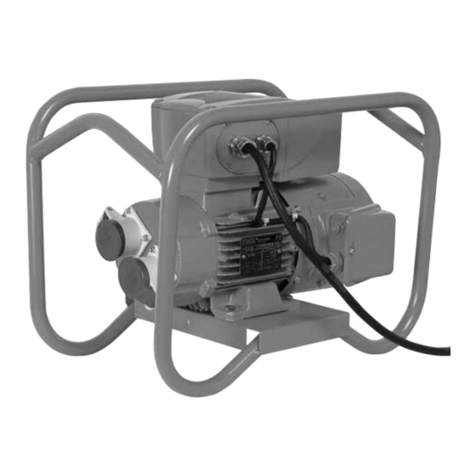
Leroy-Somer
Leroy-Somer CONVERSTAT CVA 80 L Instruction Manual
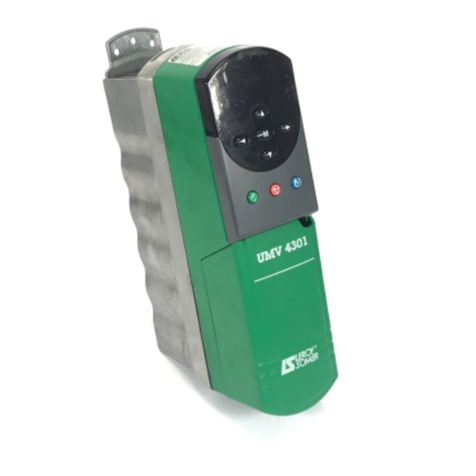
Leroy-Somer
Leroy-Somer UMV 4301 User manual

Leroy-Somer
Leroy-Somer DIGISTART STV 2313 Instruction Manual
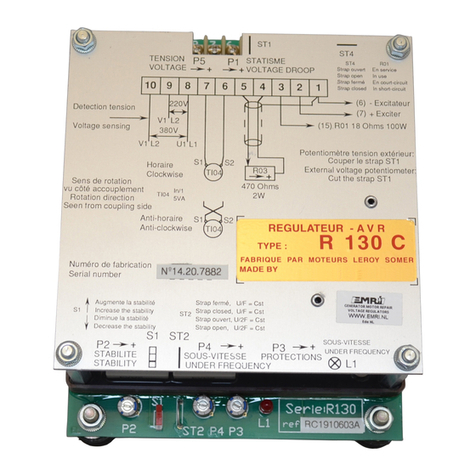
Leroy-Somer
Leroy-Somer R 130 Series Instruction Manual
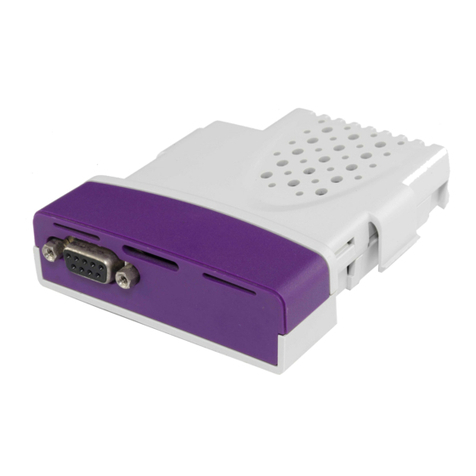
Leroy-Somer
Leroy-Somer digitax st User manual
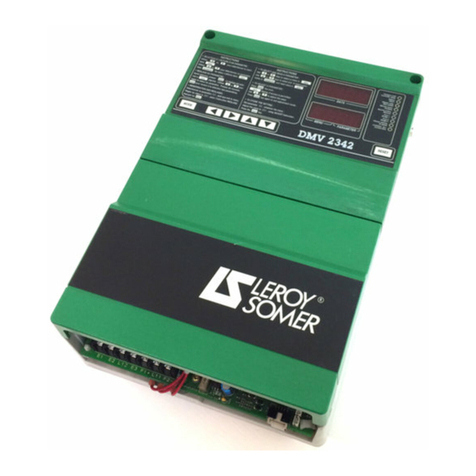
Leroy-Somer
Leroy-Somer DMV 2342 User manual
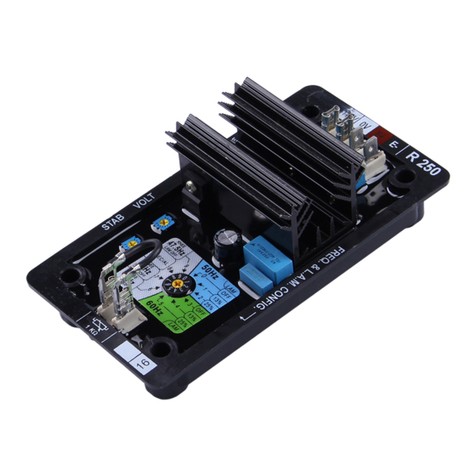
Leroy-Somer
Leroy-Somer AVR R250 Instruction Manual
